Originally featured on ANA
The modern marketer's job now extends beyond eye-catching creative, impression volume, and engagement metrics. Marketing teams must define customer bases with the highest lifetime value — and then deliver those audiences at appropriately scaled acquisition and retention costs. As the ad industry looks for ways to maximize the use of data and audience insights amid cookie deprecation, data enrichment is moving to the forefront.
Data enrichment is the process of appending supplemental; predictive data attributes to complete a customer profile. Historically, there have been logistical challenges that have prevented brands from taking advantage of data enrichment. It has been more labor intensive than simply activating audience data for new customer acquisition campaigns.
With the fragmentation of consumers and the rapid adoption of new collaboration platforms like clean rooms, brands have found that the need for and uses of data enrichment have multiplied.
The speed and flexibility of modern data enrichment has opened endless opportunities for brands and agencies. As priority has shifted to first-party data strategies, pre-defined audience segments are no longer the only way to be data-driven. Data can be customized and licensed to meet their specific needs, including analytic variables to use within their own analytic workflows.
Aside from cookie deprecation, all brands are now also facing economic uncertainty, which tends to squeeze marketing budgets first. So, the sheer number of data enrichment strategies doesn't matter as much as the ROI that each use case can bring.
With that in mind, let's break down a few ways that brands can use data enrichment for a high ROI.
Customer Engagement
Real-time data enrichment opens a world of possibilities, including applying insights during live customer engagement situations for customized experiences. This helps brands better understand who is qualified for upsell or cross-sell, as well as which customers may be enticed to convert based on special offers like free shipping. Brands that operate call centers can even score which callers to prioritize when it comes to follow up and callbacks. The same idea can be used to enrich unengaged past customers, encouraging them to re-engage through an appropriate offer.
For example, a digital auto marketplace could enrich online shopper data with life stage insights and customize make/model recommendations in real time. Shoppers who might be retiring, moving, getting married or having babies will have different needs and tailoring the shopping experience with appropriate vehicle types will lead to higher conversion.
Lead Source Scoring
One of the best ways that brands can use data enrichment right now is to predict which channels will provide customers with the highest expected lifetime value (LTV). This is especially important amid an economic downturn because it can help brands prioritize spend to the channels likely to drive the greatest long-term ROI.
In businesses such as insurance, or home and auto warranty, sorting through leads and inquiries can take resources away from truly interested consumers. Some may be price shopping, while others are ready to sign up. Applying data enrichment early in the funnel may help illuminate a strong difference between leads coming in from direct mail versus social or programmatic. Predicting the LTV of a lead early on will help tailor follow up communications, but also manage marketing spend and channel mix.
Traffic Enrichment
Publishers can enrich both their subscribers and web visitors to build more robust, enhanced audience segmentation offerings to advertisers. This is one of the most popular data enrichment strategies because it remains so beneficial to publishers and advertisers alike. Both parties should insist having access to this kind of data enrichment to get the most of their audience and marketing spend.
Customer Comparison
Another way to prioritize spend includes discovering differences between customers. For example, a clothing brand may learn from a simple data analysis that on average, customers acquired from social media and influencer channels have a lower order amount and a high number of returns compared to other channels.
With a low cost per acquisition, the brand doesn't need to abandon the channels; instead, they can apply data enrichment to optimize these customers early on in their lifecycle, enriching with related purchase behaviors and analytic predictors to help identify those with better potential to become profitable. Over time, these insights can also help brands have a better sense of where to spend on social, and possibly with which influencers.
Sponsorships and Partnerships
Data enrichment is a great tool for brands that invest in channels where it's harder to track performance, such as sports sponsorships. By enriching and profiling audiences, brands can identify the markets that make the best fit for their sponsorship opportunities.
For example, a major financial services provider may invest heavily in sponsoring sports teams and stadiums. If there is concern the current market isn't the best fit, the brand may decide to profile other teams and markets to assess where their budget might deliver more. The brand can use TV viewership data from other professional sports teams in designated metro areas and enrich that with multiple attributes, including age, income, purchase, and lifestyle behaviors. This data then helps the brand rank the teams based on how well the audience aligns with the brand goals. From there, they can sponsor the teams that rank the highest across key categories.
These are high-level use cases, each of which can be further refined and evolved to unlock new ways of using data enrichment to grow ROI. One of the best things brand marketing teams can do is conduct a brainstorm with the data and analytics teams to identify places within the sales funnel where data enrichment may be applicable, and where it may deliver the most value.
Regardless of how it's used, data enrichment will help brands get more out of their marketing spend, providing guidance on how to manage channel spend, pursue leads, and keep acquisition costs lower. More information allows brands to make better decisions that lead to high ROI.
Interested in learning more about data enrichment? Contact our team for the right data strategy that will make an impact on your business!







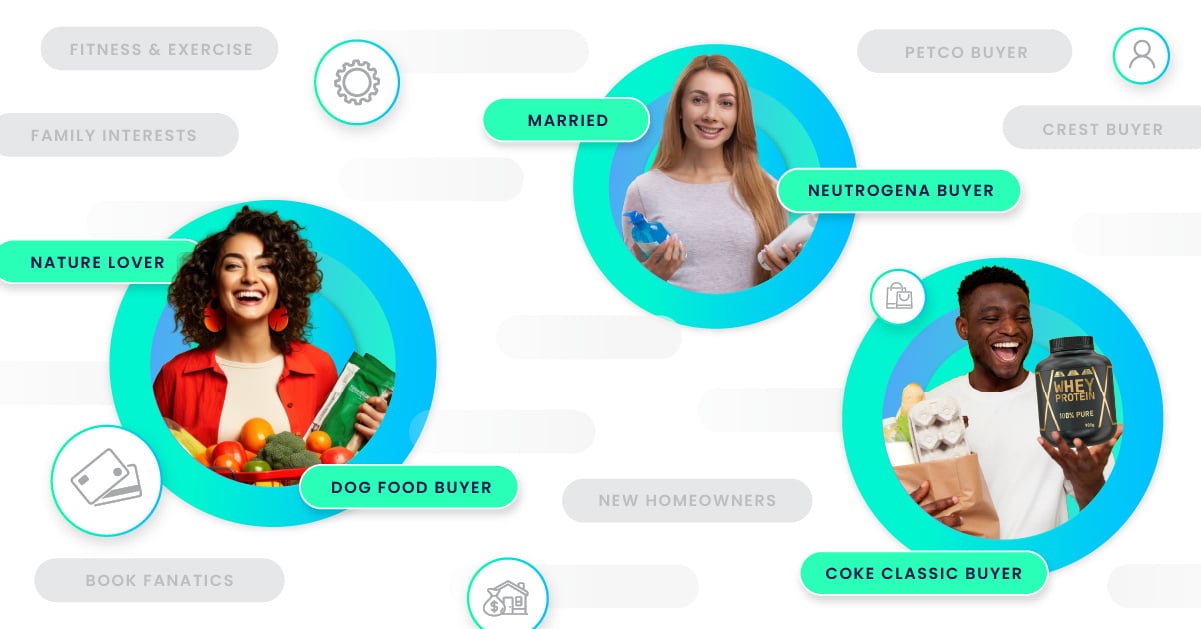







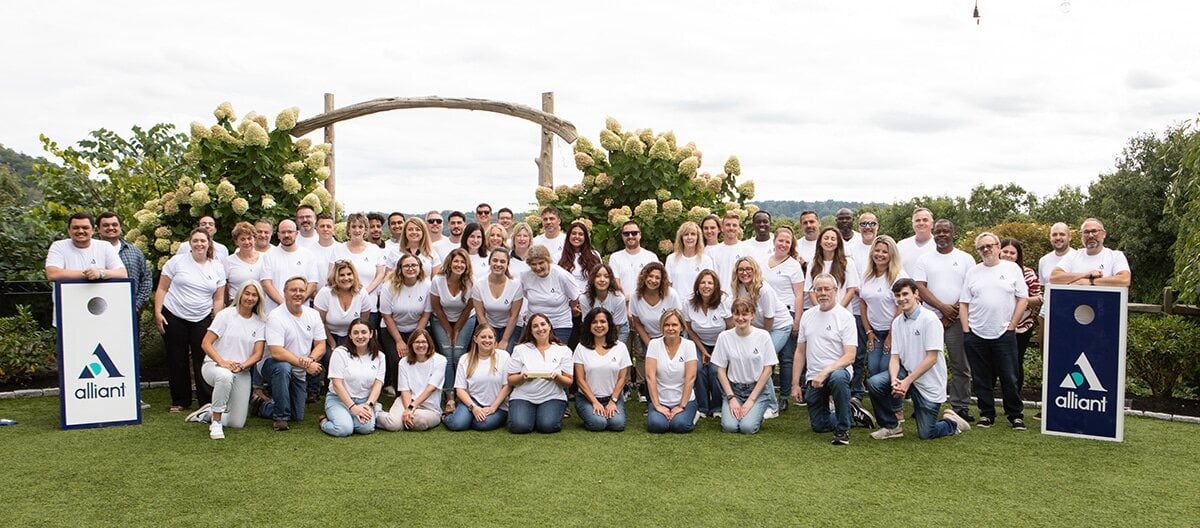




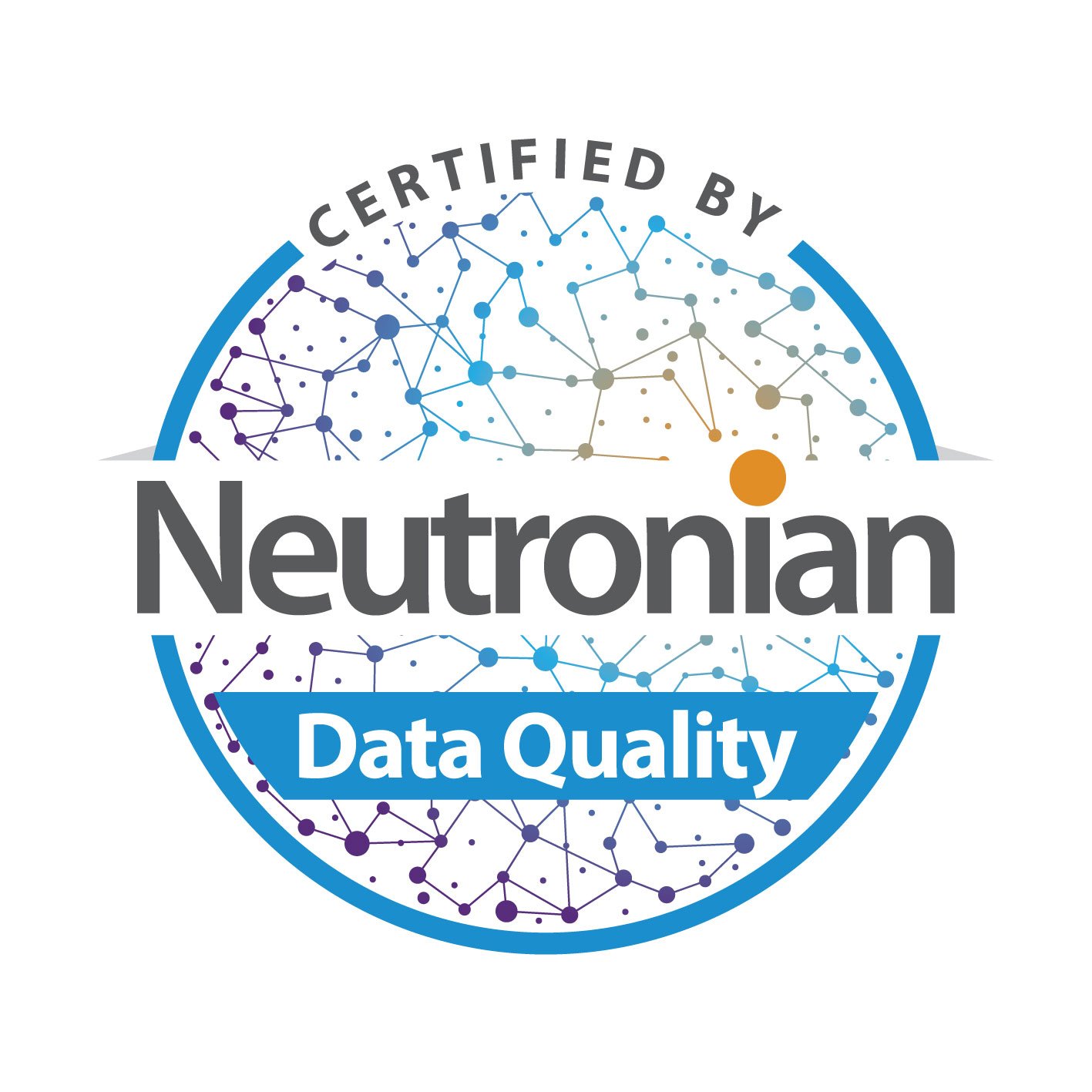
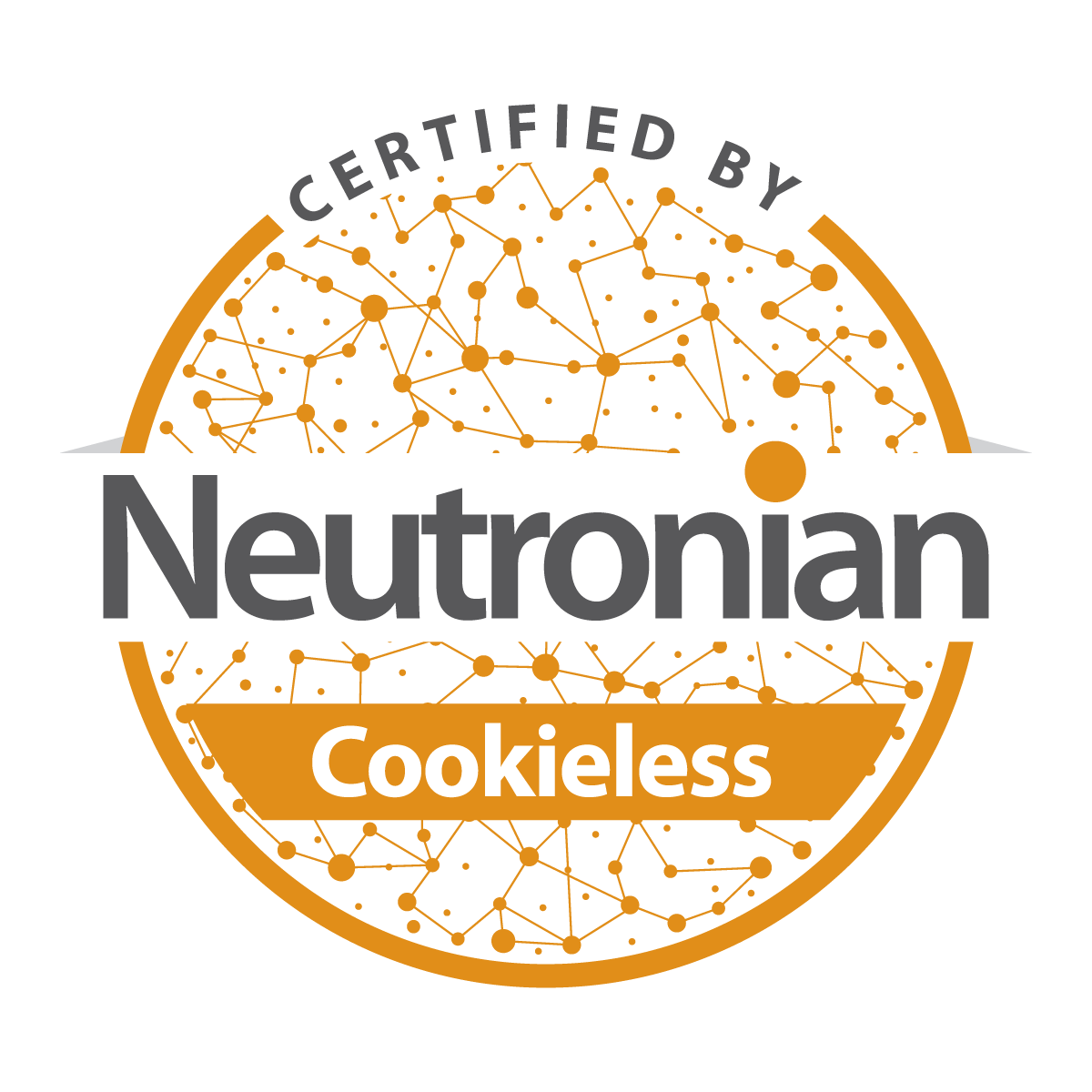
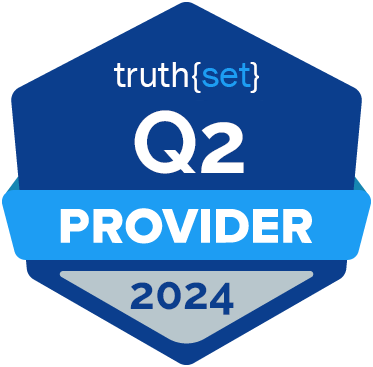
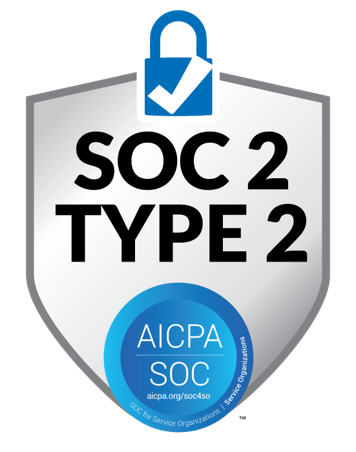





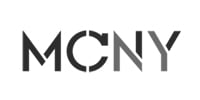
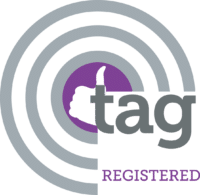
Submit a Comment